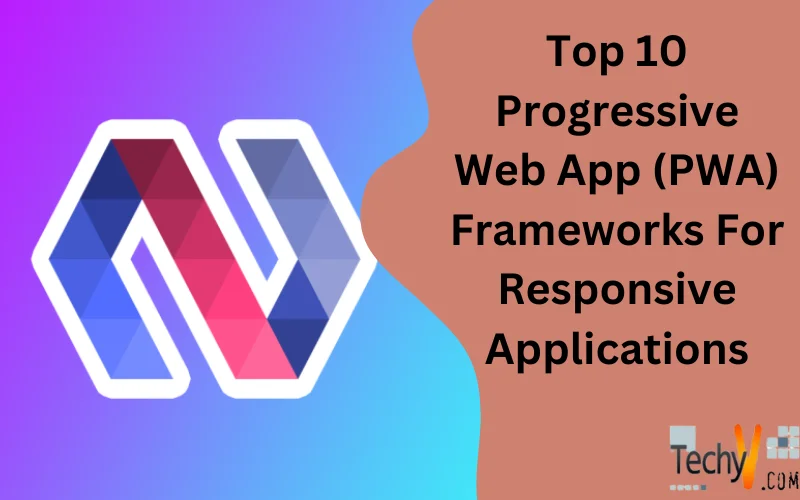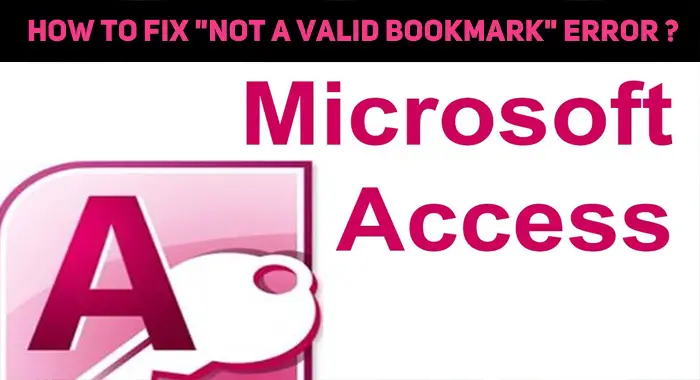As web applications continue to rival native mobile apps in features, performance, and reliability, Progressive Web Apps (PWAs) present a major step forward. PWAs utilize modern web capabilities for resilience across platforms, integrating the strengths of native apps and traditional websites. Developers build PWAs using common frameworks that handle much of the complexity of configurations like service workers for offline functionality, web app manifests for installability, server-side rendering for performance gains, and push notifications APIs for engagement.
I outline the top framework options available to construct responsive and resilient PWAs with considerations around efficiency at scale, component modularity, developer experience, and building complexity. The goal is to provide an overview for developers and decision-makers to assess frameworks strategically based on application requirements, team skills, and available resources. The introduction summarizes the PWA opportunity and rationale for utilizing frameworks while subsequent sections provide more details comparing top options.
While native app development requires largely separate code bases for iOS, Android and the web, PWAs offer the possibility for unified web deployment across platforms for significant cost and maintenance savings. Teams can focus efforts on robust UX while frameworks handle intricate configuration and performance optimization.
1. React
React, the popular JavaScript library from Facebook suits responsive single-page apps. Because React utilizes a virtual DOM and efficient re-rendering, it performs well. React offers routing and state management as part of React Router and Redux. Additionally, developers often integrate React with PWA-focused modules like Workbox and Register-Service-Worker. React presents a component-based approach making PWAs modular. Numerous React developers and resources assistance teams.
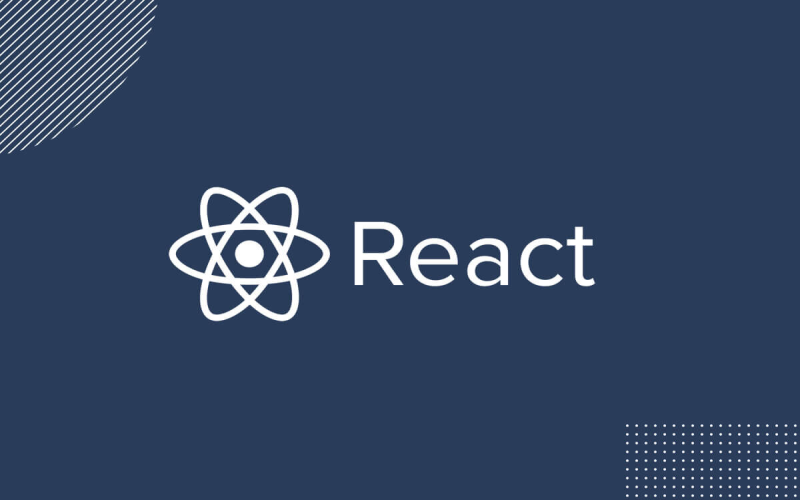
2. Angular
For complex web applications, Angular provides an efficient MVC framework. Angular handles much PWA configuration automatically through its CLI and modules. For example, the Angular service worker handles caching and Manifest generation aids installability. Angular combines responsivity features like reactive UIs, declarative templates, and intuitive routing and state management. So functionality ports easily to diverse platforms. But Angular requires utilizing TypeScript which warrants a learning curve.
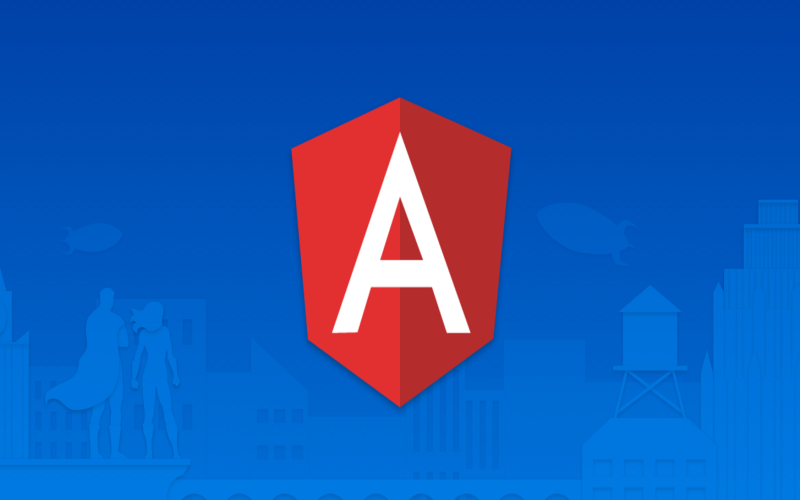
3. Vue.js
Vue emerged as a flexible, approachable framework, and progressive enhancement suits PWAs. To add PWA functionality to Vue projects, AWS, Dotvvm, Quasar, and other dedicated modules exist. Vue permits both traditional web pages through mounting on existing markup and adaptive single-page applications. Vue presents simplicity at scale. The library focuses on the view layer, utilizing plain JavaScript without opinions on other layers. This means teams can combine Vue with other tools.

4. Ionic
While Ionic targets cross-platform hybrid mobile apps, the framework incorporates PWA modules for web deployment. Ionic handles interface complexities through web components and adaptive UIs declaring UI logic separately from components. Additionally, Ionic handles builds for iOS, Android, electron, PWAs, and more from one code base. As part of regular reporting, DBAs need to assess performance across versions and test cycles. For the highest efficiency, teams can offload intensive operations or adopt partial native builds.
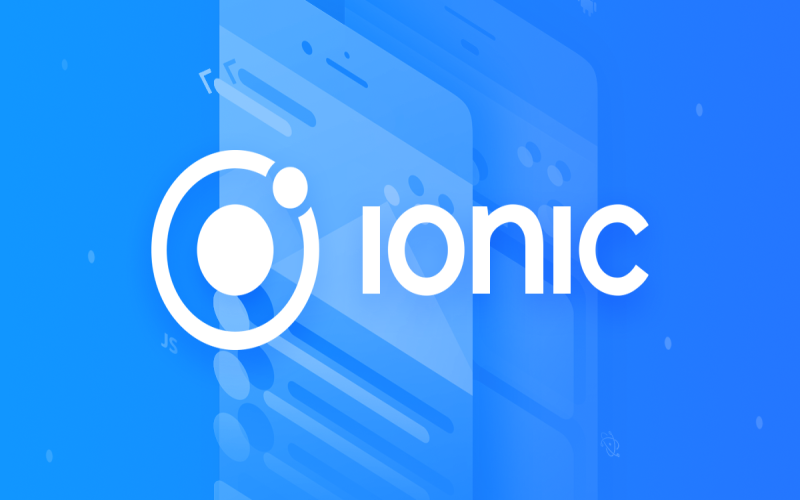
5. Preact
Preact focuses on providing a thin React-compatible layer at 3kb. This makes it suitable for memory-constrained devices like low-end phones and embedded systems. In being React API compatible, Preact enables developers to easily switch and leverage the wider React ecosystem. Limitations like the absence of synthetic events do arise in rare complex application cases involving lots of dynamic data. However, the drastic payload savings generally outweigh caveats for most mobile use cases.
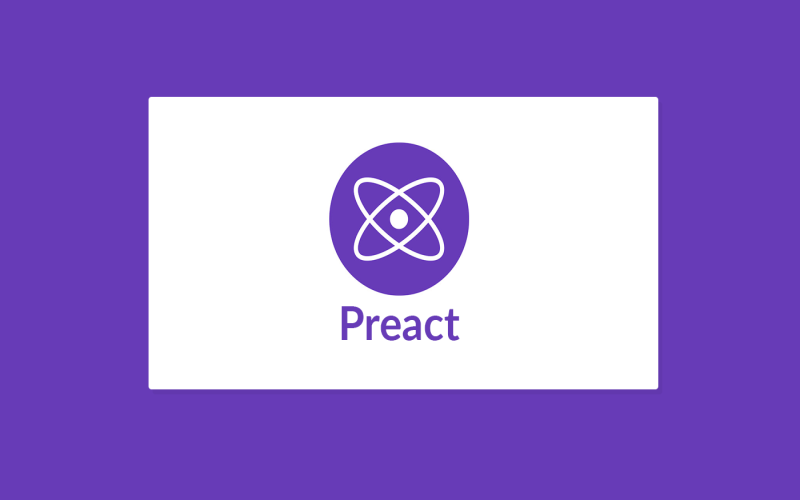
6. Polymer
Polymer pioneered web components as a way to create encapsulated, reusable HTML tags with modular functionality – an elegant approach aligning with ideals of progressive enhancement. The extensive element library helps dev teams construct consistently branded, responsive UIs that work reliably across contexts. Released by Google, Polymer builds upon native browser capabilities as the foundation for crafting resilient, interoperable PWAs. The library is especially suited for component-driven development goals and offers a smooth bridge for teams with prior experience in AngularJS.
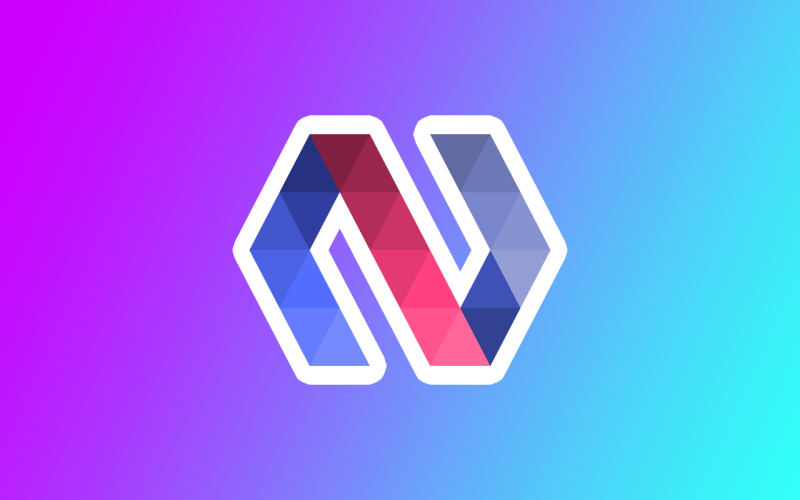
7. Svelte
Svelte brings a novel compiler-driven approach to the PWA game. Rather than relying on the conventional virtual DOM diffing technique, Svelte converts components into efficient imperative code during the build step. This makes finalized Svelte apps smaller and faster while still facilitating declarative component authoring during development. Svelte also auto-updates the DOM when component state changes occur, handles subscriptions elegantly under the hood, and packages only the framework features that an app specifically needs. Consider nimble Svelte for PWAs prioritizing slick UX on mobile and embedded systems with tight processing constraints.
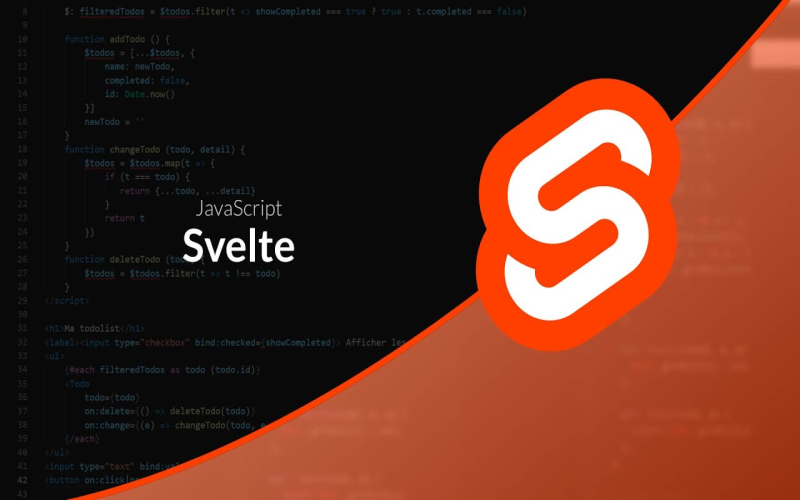
8. Stencil
Stencil, a compiler toolchain from Ionic’s core engineers, also pre-compiles web components for optimal runtime performance delivered as lightweight, reusable building blocks. It focuses specifically on generating standards-based custom elements tailored for incorporation in PWAs – perfect for teams keen on achieving scale through a shared component library approach. Stencil outputs performant web components that run natively across frameworks and static site builders too. The compiler approach means fast-loading PWAs that still leverage capabilities of widespread libraries like React and Vue at scale.
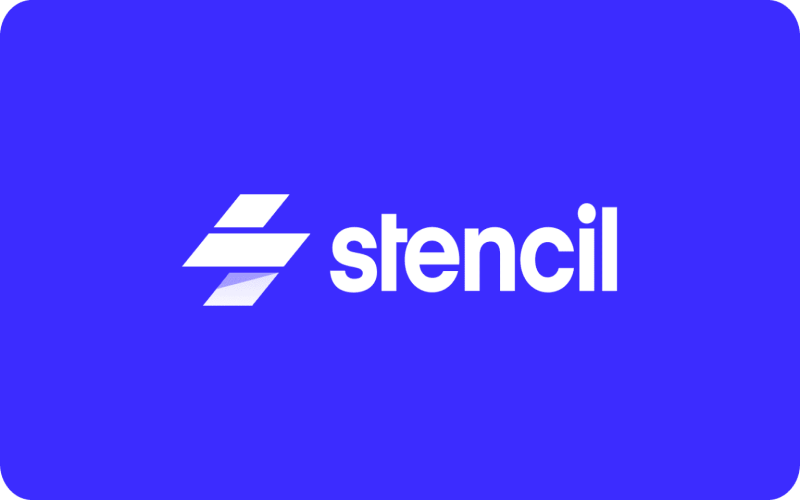
9. Sapper
Sapper offers an opinionated, production-focused application framework powered by Svelte under the hood. It introduces conventions like file-system-based routing to simplify some common web development chores. Sapper also bakes in essential PWA features like code splitting, export to static sites, and server-side rendering to address recurring challenges like SEO that sometimes still plague single-page applications. The combination of Svelte’s rapid reactivity and Sapper’s batteries-included modular structure results in radically fast PWAs ready-to-serve sites right out of the box. Consider Sapper to accelerate marketing sites, blogs, documentation portals, and online shops needing snappy user experiences for visitors.
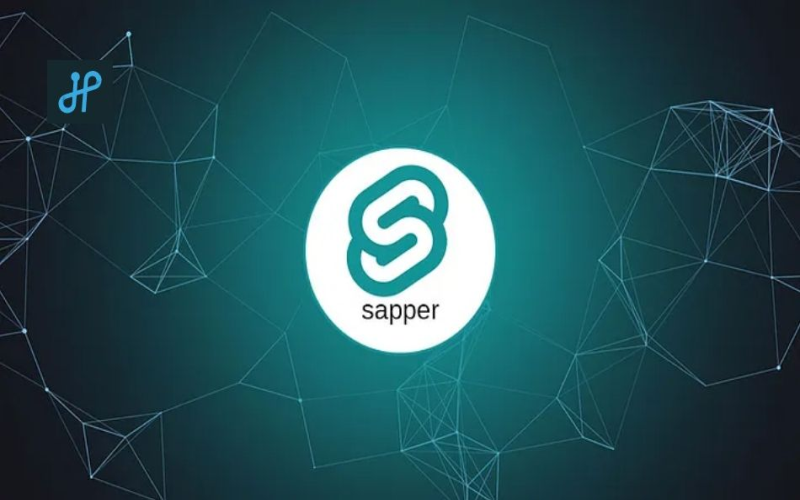
10. Next.js
Created by Vercel, Next.js brings the innovation of React components together with centralized routing, server-side rendering, smart bundling, and route prefetching for blazing web performance. The framework lowers the barrier for React development while still upholding React’s composable spirit. Next.js deployments work wonderfully as PWAs by dynamically caching content with service workers to better support flaky networks. The framework’s large community also powers an ecosystem of components, tools, and backend integrations that augment capabilities for use cases like e-commerce, analytics, and CMS integration – excellent for serious web apps targeting growth.




